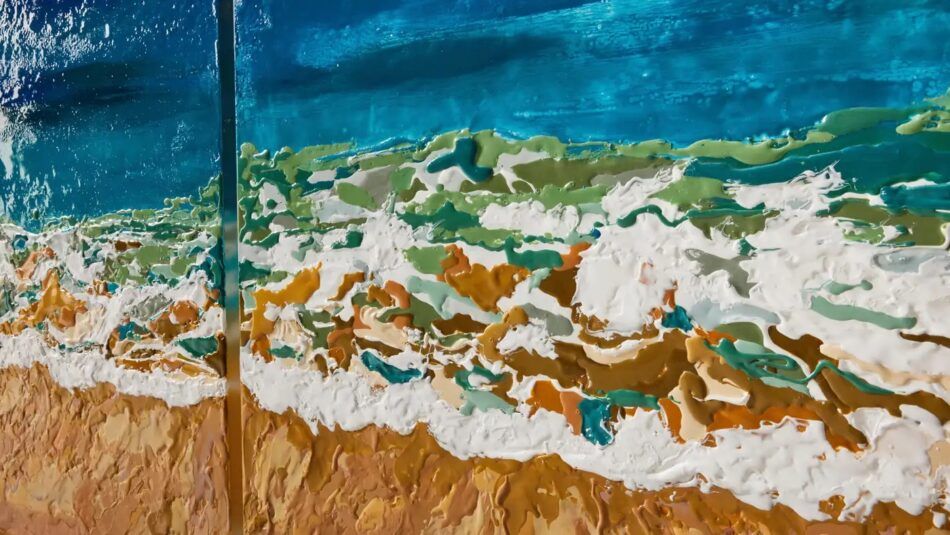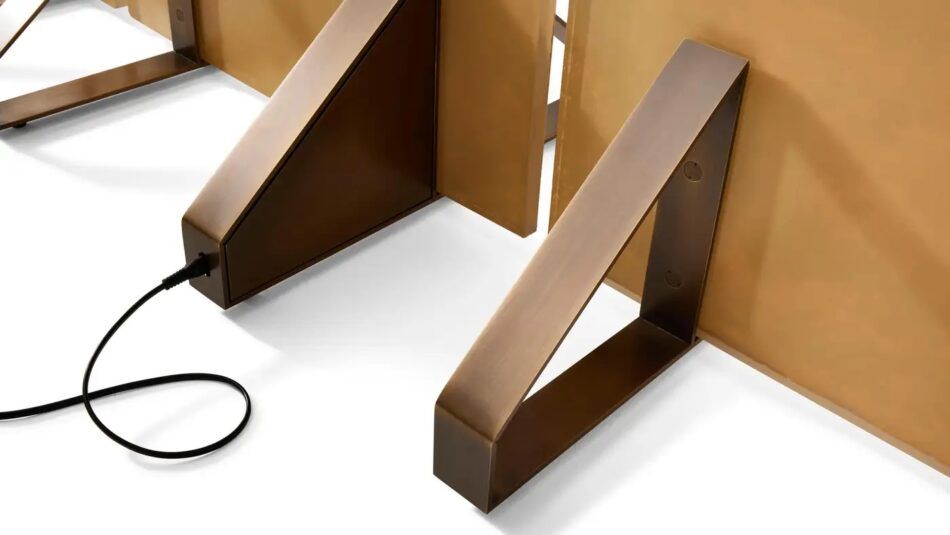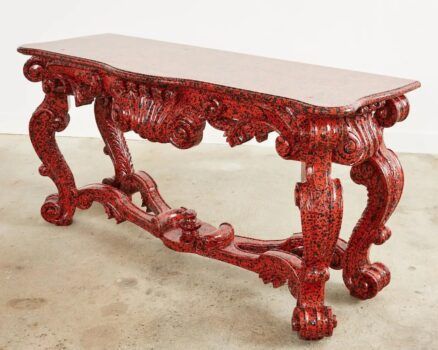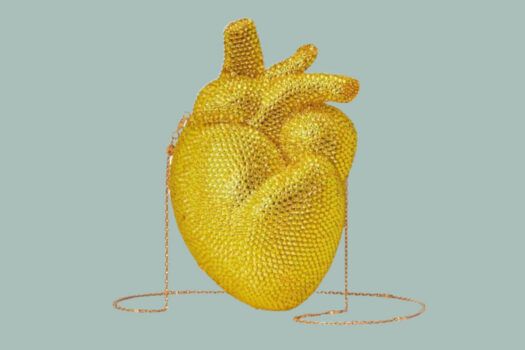Were you to play a word-association game matching materials and makers, a prompt of wood or steel or marble might bring all sorts of artists to mind. When it comes to resin, however, there is one right answer: Gaetano Pesce.
Made near the end of his life, Pesce’s 2023 Paravento Risacca (Undertow Screen) for Cassina followed a half century of experimenting with the material — and demonstrates that he never slackened his efforts.
Pesce didn’t just spurn traditional building materials; he pioneered new ones, initially working with resin at a point when its artistic possibilities weren’t understood by most makers. “In Venice, they didn’t know what it was,” he explained in his 2023 monograph, Gaetano Pesce: The Complete Incoherence. “In Paris, same thing.” It wasn’t merely mystifying — it was dangerous. “It was a time when resin had three components: accelerator, catalyzer and the resin itself. The accelerator started the catalysis, so if it is mixed together with the catalyzer, you had an explosion.”

Fortunately, Pesce was undeterred. His catalogue contains hundreds of works made with the polymer. There are candlesticks, chairs, vases, bookcases, jewelry and more. The substance appears in all sorts of forms, at times cloudy, at times translucent. Some pieces look biomorphic, others industrial.
Pesce designed the Paravento Risacca the year before his death, in 2024 at the age of 84, and it’s available in a limited edition of nine. At first glance, it appears surprisingly traditional, but a closer inspection reveals his characteristic artisanship and wit.
Pesce never rejected figuration, and a number of his works draw on the natural world: the diorama-like Swamp and River tables, the Mountain chair. The Risacca screen, however, is more painterly in its depiction of a seaside vista, a chipper triptych that seems poised between Hockney and Monet, the difference being that this impasto surface is all resin.

The term for the heating process that hardens resin is curing, which has a particular resonance with the screen’s salty subject. The curing stage plays an important role in each piece’s production; as the resin dries, the stiffening glop is handworked with brushes and even spatulas to create a rich texture. “You can literally trace the artist’s gesture in the cured surface,” says Adrian Agudo, co-owner of Barcelona-based furniture gallery DADA, which is offering the screen on 1stDibs. In many places, the material remains translucent, so you don’t merely see the surface, you see into it.
A room divider is the rare piece of furniture defined not so much by its relationship to the body but by its effect on the space around it. Here, that function is elevated by another feature: a Bluetooth speaker playing wave sounds fitted into one of the screen’s six burnished-brass supports. “I wanted to add not only the visual but also the sound of the sea, the undertow, which in this case helps us to relax, to think of better worlds, to think of that extraordinary moment when we are with our feet in the water,” Pesce said, describing his inspiration.
For beach lovers, the piece is ideal. A trip to the shore is often an involved proposition; it’s much simpler to bring the shore to your living room.






